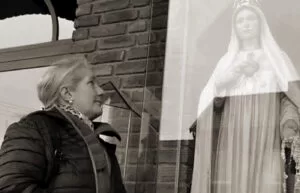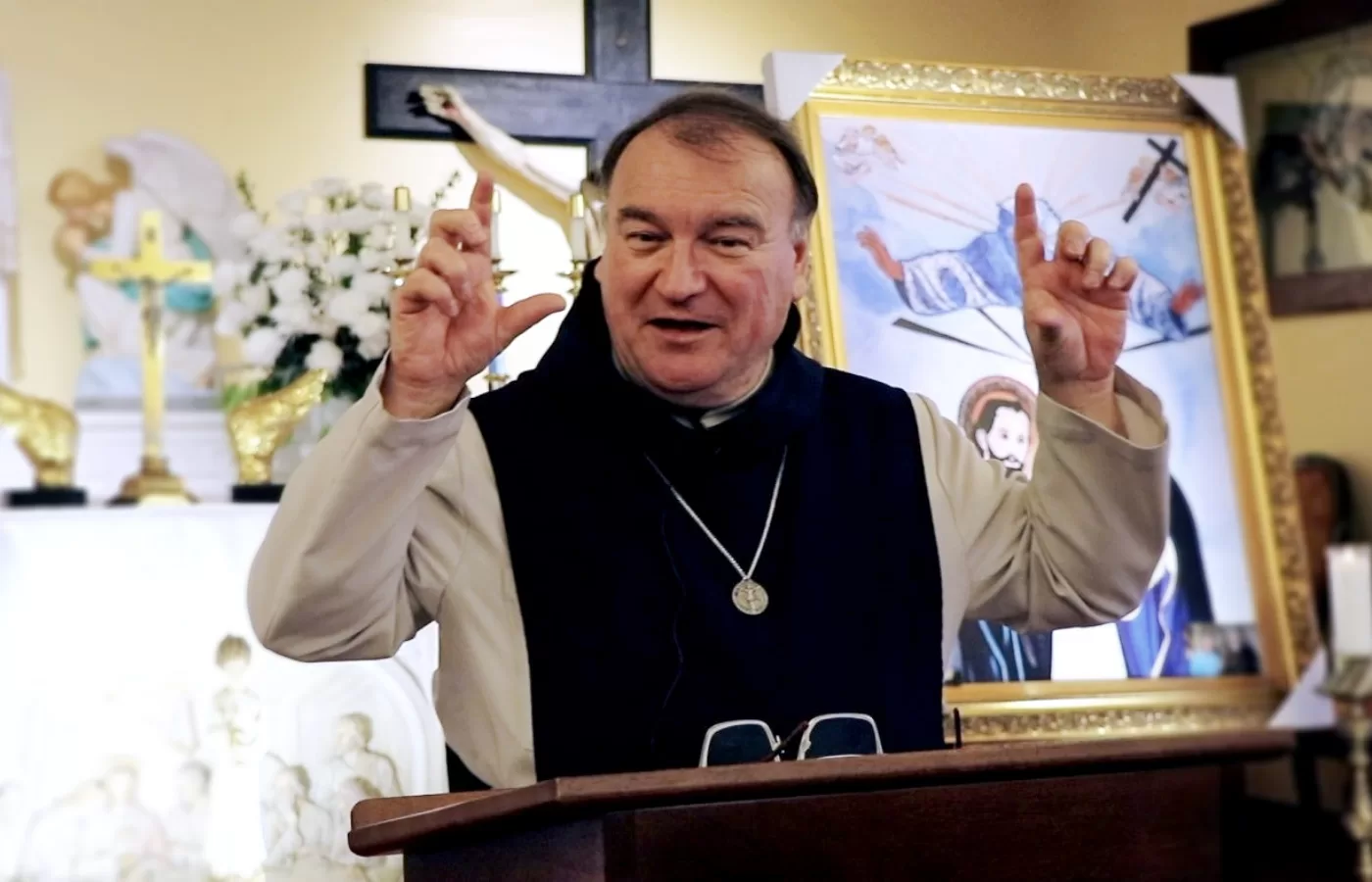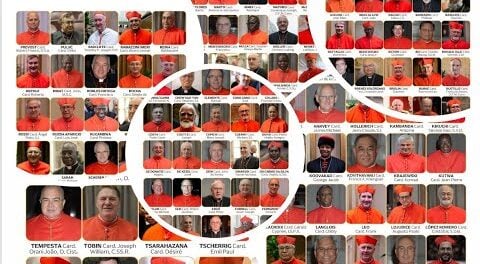
Tag: #Miracles
-

Prayer for Break Unholy Ties, Curses, Spells, Seals & Consecrations Prayer
Read More: Prayer for Break Unholy Ties, Curses, Spells, Seals & Consecrations PrayerPrayer To Break Unholy Ties This prayer is used when the victim has had a long-standing relationship with person(s) involved with the occult or has communicated with “imaginary friends,” spirit guides, ascended masters, “elementals, ” “wandering souls,” etc. In the Name of Jesus, I break any unholy ties, links, and bondages between myself and X and all…
-
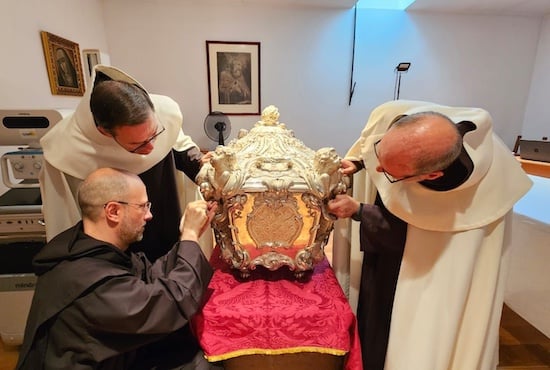
Teresa of Avila’s tomb opened! (Photos & Video)
Read More: Teresa of Avila’s tomb opened! (Photos & Video)A team of researchers will spend the next four days studying the body of St. Teresa of Avila, after her tomb was opened this August 28. The doctor of the Church rests in the town where she died, in northwestern Spain, Alba de Tormes. Teresa died in 1582 and in the following centuries, there was…
-
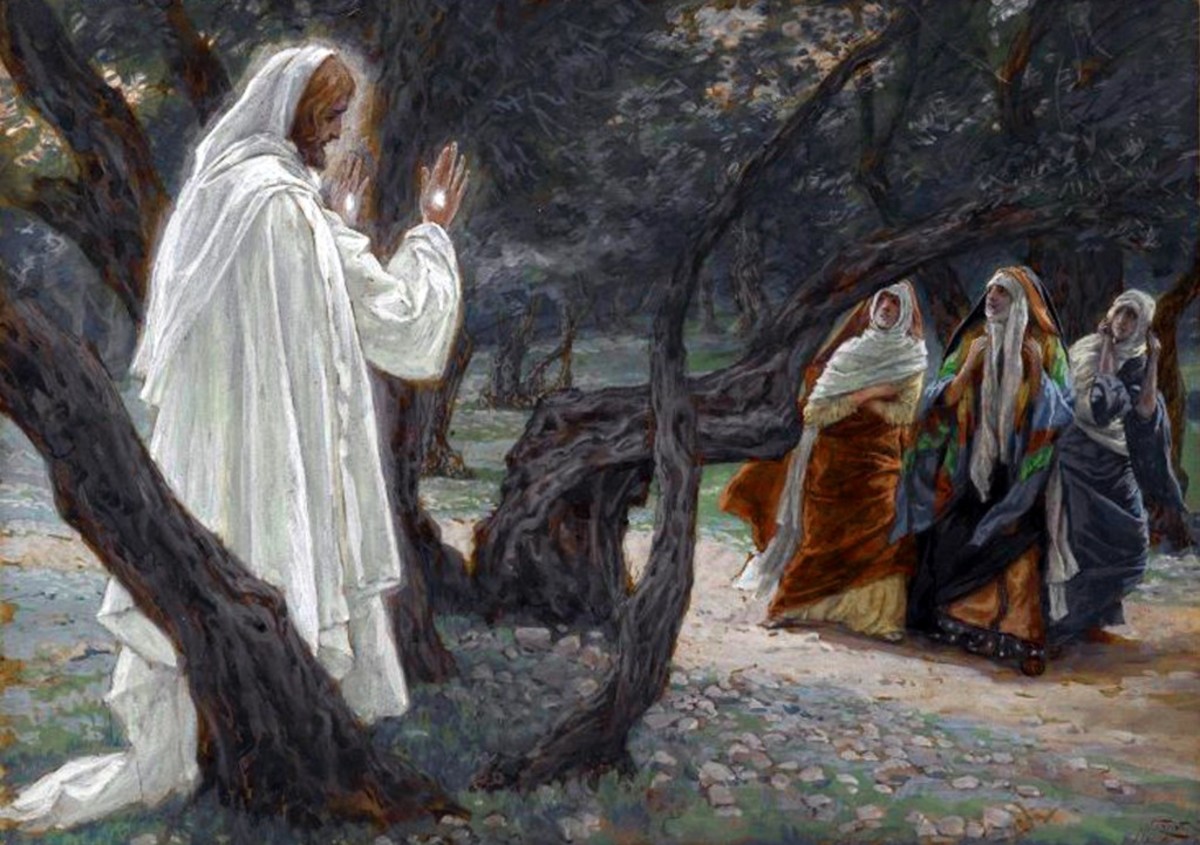
Faith Beyond Facts: 5 Catholic Miracles That Science Can’t Explain
Read More: Faith Beyond Facts: 5 Catholic Miracles That Science Can’t Explain1. The Miracle of the Sun at FatimaIn 1917, over 100,000 people witnessed the sun dancing in the sky of Fatima, Portugal. “The sun started spinning like a pinwheel, casting multi-colored lights all over the place.” Skeptics and faithful were left stunned, says Scheel. It is one of the most documented and extraordinary miracles in…
-
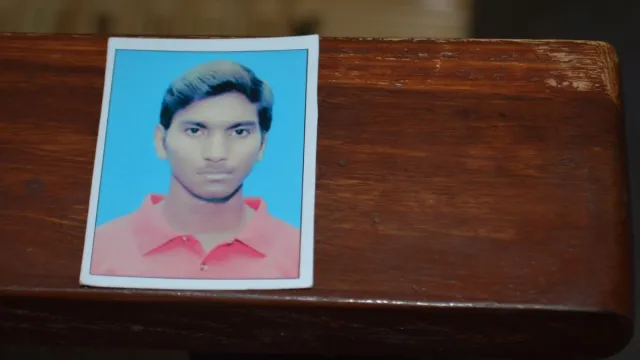
Will Akash Bashir become Pakistan’s 1st saint?
Read More: Will Akash Bashir become Pakistan’s 1st saint?By Aleteia A thanksgiving Mass was celebrated in the cathedral of Lahore (Pakistan) to close the diocesan phase of the cause for beatification of young Akash Bashir. “Iwill die, but I will not let you go in.” These were Akash Bashir’s last words as he offered his life in sacrifice, preventing a terrorist attack on…
Search
Popular Posts
-
🙏 A New Chapter Begins: Supporting Pope Leo XIV with Prayer and Hope | W/ Daniel O’Connor
“Give the new pope a break and support him with your prayers.”–…
-
Possible Candidates for The Next Pope!
Some Candidates for the New Papacy Today we will share with you…
Categories
Archives
Tags
#Miracles (103) 2023 (4) 2024 (4) approved miracles (2) catholic (142) catholic blog (376) catholic meditations (7) catholic miracles (372) catholic motivation (2) catholic news (372) catholic prayers (4) CatholicSeers (359) catholic vlog (376) catholic websites (6) Eucharistic miracle (2) fr jim blount (3) GisellaCardia (11) hamas (3) imitation of christ (2) Israel (4) israel live (5) Israel news (9) jesus (3) jesus christ (4) Latest messages (11) lent 2023 (10) lent 2024 (4) lent homily (2) lent retreat (4) lent retreat 2023 (3) Lourdes (2) messages from god (6) MessagesFromHeaven (365) miracles of catholic church (2) mother and refuge (2) ourlady (325) OurLadyApparitions (22) our lady of lourdes (2) Pope (2) POPE francis (3) pope francis news (2) prayers (3) real miracles (357) sacred heart of jesus (2) The Miracles of Lourdes (2)





